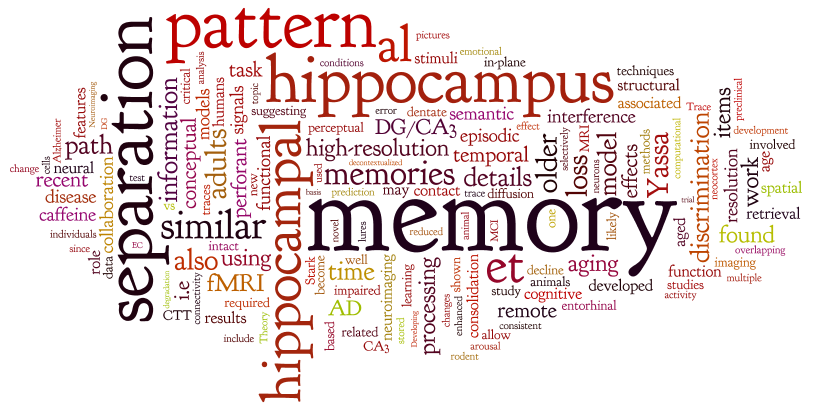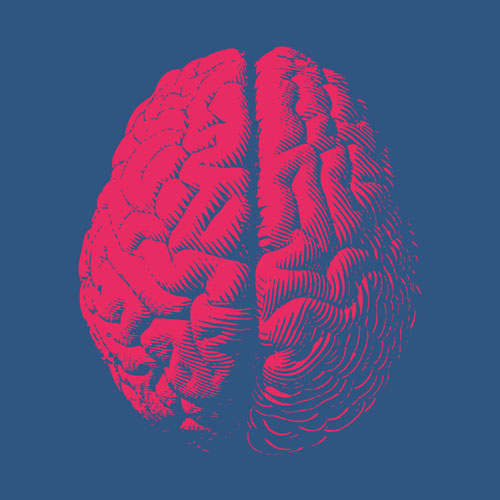Episodic Memory
The lab’s central mission is to elucidate the neural basis of episodic memory and its disorders, with a specific emphasis on cognitive decline in aging and Alzheimer’s disease. To meet this goal, we develop:
- Novel neuropsychological assays to explore memory function and subtle memory impairments;
- Novel high-resolution structural and functional neuroimaging techniques to peer into the brain’s memory systems with unprecedented detail in both animals and humans; and
- Novel computational methods to create MRI-based “composite biomarkers” that allow us to better diagnose or predict disease states.

Current Research
Novel Research Methods
Neurite Orientation Dispersion and Density Imaging (NODDI)
NODDI models the diffusion MRI as three distinct components: the intracellular neurite (i.e., axons and dendrites) space, the extracellular space, and an isotropic component. With this model and related indices we can determine with enhanced specificity, compared to the diffusion tensor indices of FA and MD, the potential sources of alteration due to brain pathologies.
High-Resolution Diffusion Imaging
High-resolution diffusion imaging refers to sets of diffusion MR images with sub-millimeter resolution. In the lab, we employ a high-resolution imaging pipeline centered around the temporal (spatial resolution of 0.67 x 0.67 x 2mm). With this pipeline, we can identify pathways otherwise invisible on traditional diffusion imaging scans (e.g., the perforant pathway). It also enables a set of innovative approaches to evaluate microstructural alterations in the medial temporal lobe and assess the utility of these candidate biomarkers in detecting AD in its early stages before the appearance of behavioral and cognitive decay.









